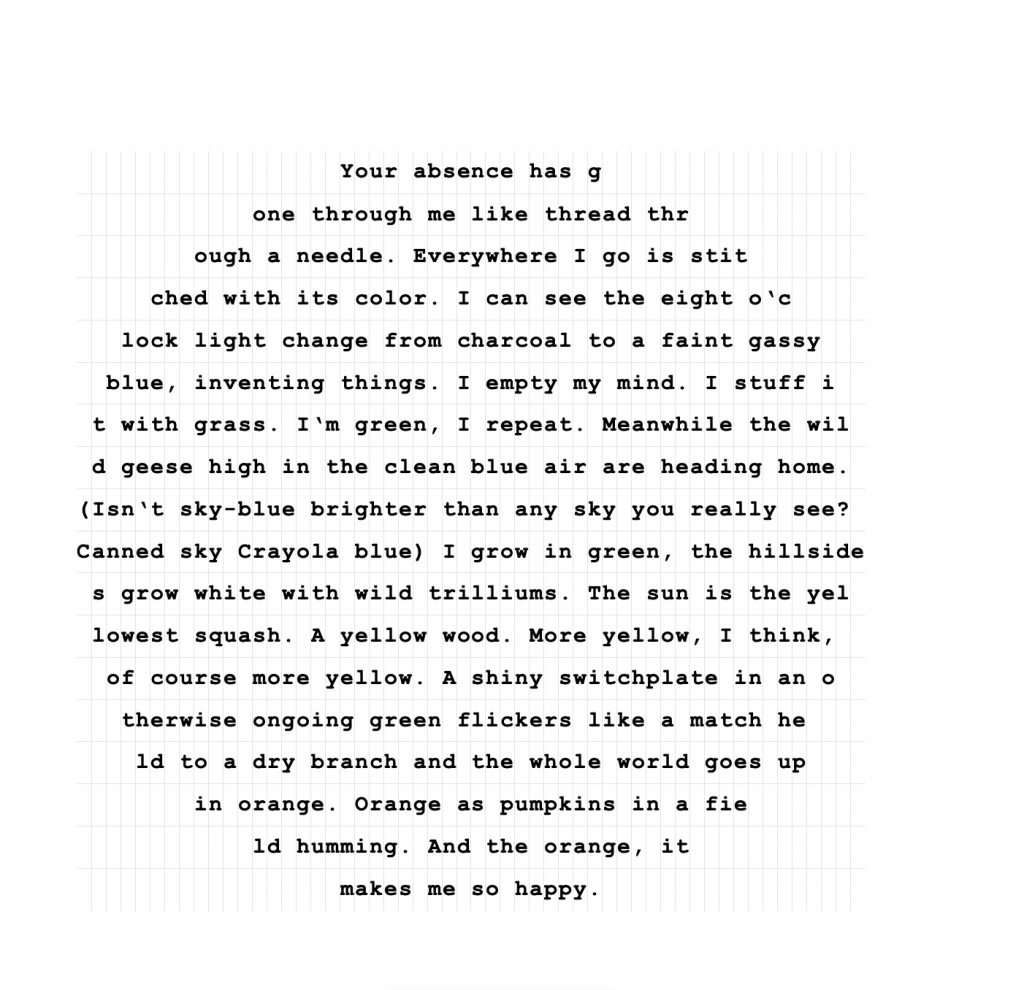bike: 25 minutes
run: 2.4 miles
basement
outside: an ice rink
Ugh. Hopefully it will warm up enough in the next few days so that the ice on the sidewalks will finally melt. I can run in snow and in the cold, but when the sidewalks and most of the road are one sheet of bumpy, uneven, super slick ice, I have to stay inside. Before I went down to the basement, I took Delia the dog for a walk for some recon. Almost fell at least twice on the short 2 block walk. Something interesting: even though it was very slippery and I almost fell, I never had that anxious, I’m-going-to-fall-feeling. No tensing up of my legs or shoulders.
Watched a comedian my sister told me about, Rhys Niccholson, on Netflix while I biked. I laughed a lot. Listened to the book, An Elderly Lady Must Not Be Crossed, while I ran. I loved An Elderly Lady is Up to No Good, so I was excited for another book, more time to spend with Maud. Thought I might run a 5k, but I felt ready to stop a bit sooner. All I remember from my run, other than listening to Maud pretend to be senile and feeble in order to not be found out as a murderer, was thinking that treadmill runs feel longer and are much less fun than outdoor runs. Oh — I also remember noticing my stride and trying to focus on the rise and fall of my feet and relaxing my shoulders as I swung my arms.
A few days ago, I bookmarked a wonderful essay by the Diné poet Jake Skeets: My Name is Beauty. I just started reading it and found so many wonderful passages, including this one:
Viola Cordova defines the concept of cultural relativity in her essay “Language as Window” as the way Western constructs constrict worldview to one single thing and dismiss differing worldviews. However, Cordova, through an analysis of the work of linguist Benjamin Whorf, states that language is the key to interpreting the world in different ways. Using an egg paradigm, Cordova asks us to imagine the Earth not as a physical rock in space but as the yolk of an egg. She asks us to imagine ourselves swimming through air rather than walking, and to consider ourselves within something, not on something.6 Seen this way, the Earth becomes a womb, a nest, an embrace.
The swimming through air reminded me of studying fungi this past April. Here’s something I wrote on April 21, 2022:
Thought about nets and this passage from The Mushroom at the End of the World:
Mushrooms are the fruiting bodies of fungi. Fungi are diverse and often flexible, and they live in many places, ranging from ocean currents to toenails. But many fungi live in the soil, where their thread-like filaments, called hyphae, spread into fans and tangle into cords through the dirt. If you could make the soil liquid and transparent and walk into the ground, you would find yourself surrounded by nets of fungal hyphae (137).
Thought about imagining the soil was liquid and transparent and then entering it, surrounded by nets of fungal hyphae. What if I could swim in the soil? Swim through these nets of fungal hyphae?
I must return to this essay later and work through it slowly. So many amazing ideas! In the meantime, here is one of Skeets’ poems:
Soft Thunder/ Jake Skeets
narrowmouth toads dapple pink sandstone
knee-deep in a brown bowl of brown water
before the croon of limb and wind on weeds
puddles from the pour gather for a morning song
the sun rises from a flatbed load of open palms
: each crease a ripple a leg a half smile
the sun knows best when it rises
: each tide and oak and uplift sung the same
each killdeer and mare and desert bighorn
each I I gorge each I I ravine each I I—
and each part of me is hung out to dry marooned
and wrung of rain, wrung of every I until no I is left
: soft thunder
ponds in a clearing
